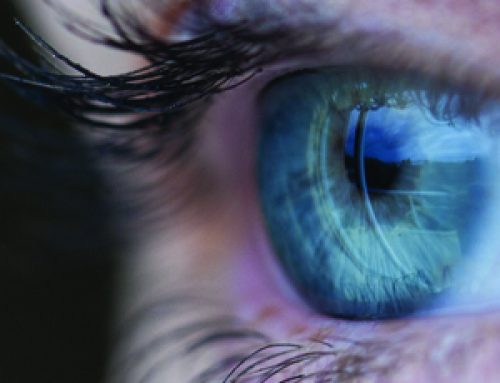DHEA and Healing Skin Wounds
 Dehydroepiandrosterone (DHEA) is produced primarily by the adrenal glands and is the most abundant of all the steroidal hormones. The quantity of DHEA in the body drops significantly during the aging process. This is so predictable that DHEA levels could be regarded as an aging biomarker.
Dehydroepiandrosterone (DHEA) is produced primarily by the adrenal glands and is the most abundant of all the steroidal hormones. The quantity of DHEA in the body drops significantly during the aging process. This is so predictable that DHEA levels could be regarded as an aging biomarker.
One of the problems of aging is that it impairs the rate of wound healing in the skin. Many people begin to notice that cuts take longer to heal as they age. Ulcerations may develop which become chronic.
In the UK, Stuart J. Mills and colleagues at Manchester University investigated the role of DHEA in aging skin. This group had already demonstrated that estrogens have a positive effect on skin healing whether used directly on the wound or throughout the body. They wondered if DHEA would have a similar effect, since it is an immediate precursor of both estrogen and testosterone. Understanding that DHEA has many positive effects on the immune system, the researchers also wanted to establish whether DHEA would work directly, or whether it had to be converted into estrogen or testosterone to be effective in healing skin wounds.
First, they compared two groups of human subjects. Those suffering from ulcerations or other signs of slow wound healing were compared with healthy individuals with normal healing. The researchers were able to demonstrate that those with slow skin healing had significantly lower DHEA levels in their blood than the healthy group.
Next, they procured estrogen-deficient mice. Unlike humans, mice do not produce DHEA but they do have the necessary enzymes in their skin to convert DHEA to estrogen or testosterone. After producing superficial wounds, the researchers gave these mice DHEA throughout their bodies. This did not produce any noticeable effect on healing. However, a marked increase in healing did occur when DHEA was applied directly to the damaged skin area.
Finally, in order to determine whether DHEA was working directly or whether the metabolites of estrogen or testosterone were the key to improved healing, the researchers used substances that blocked the conversion enzymes for estrogen and testosterone. Healing and inflammation relief did not occur when estrogen production was blocked. With only testosterone blocked, however, the benefits of the DHEA treatments remained. Mills et al. concluded that DHEA could be effective for targeted treatment of damaged skin, and that the effectiveness depended on the conversion to estrogen and its local action on estrogen receptors.




